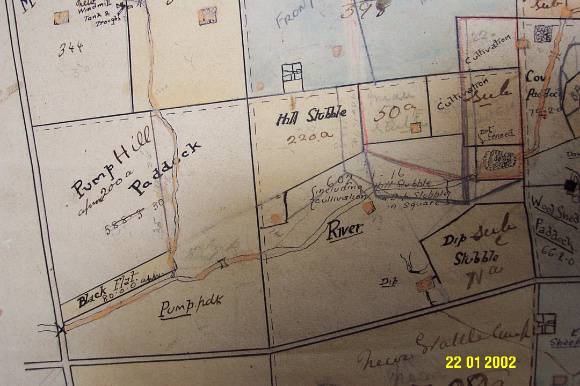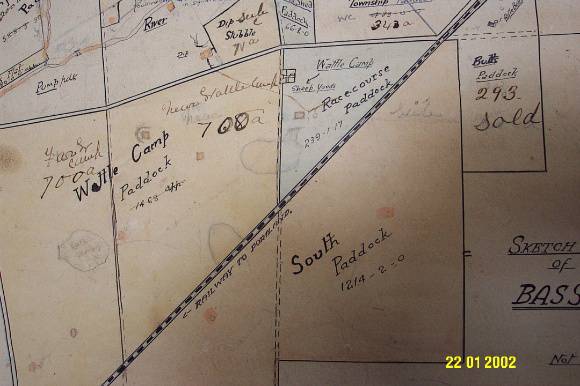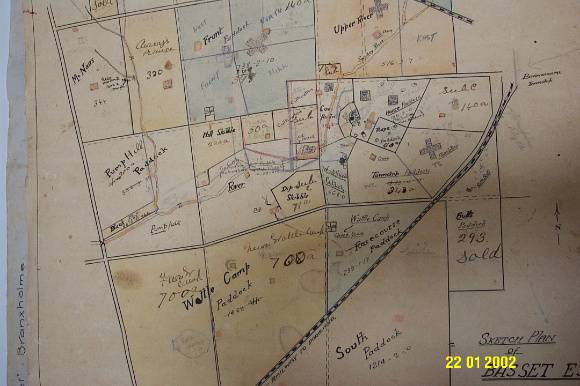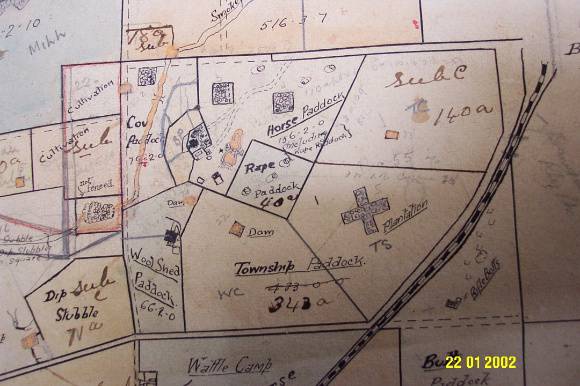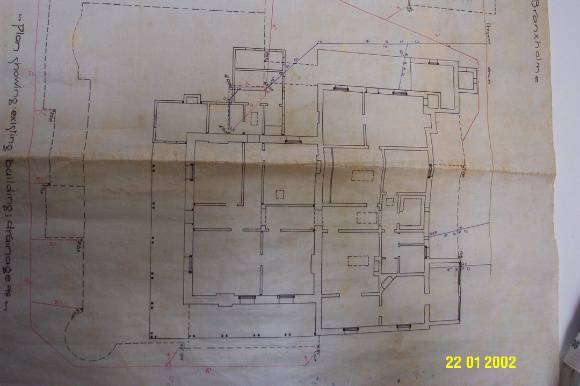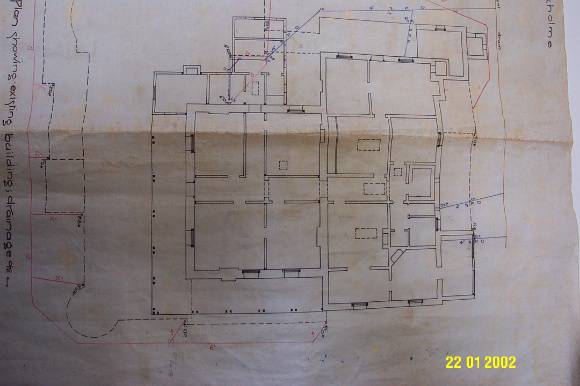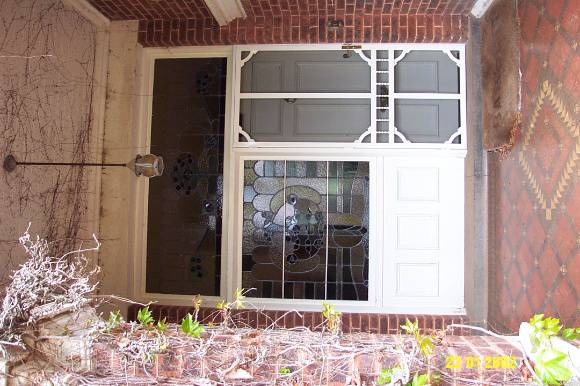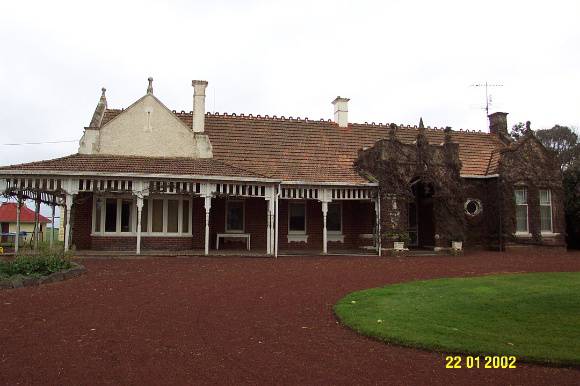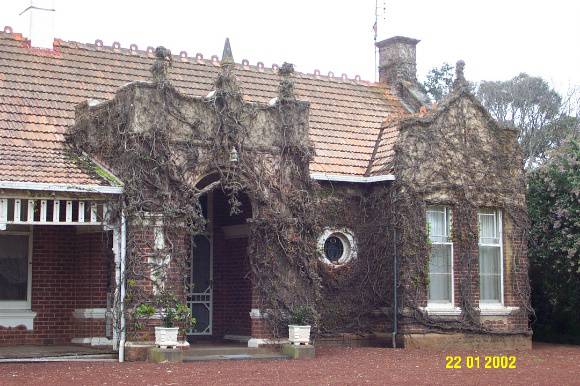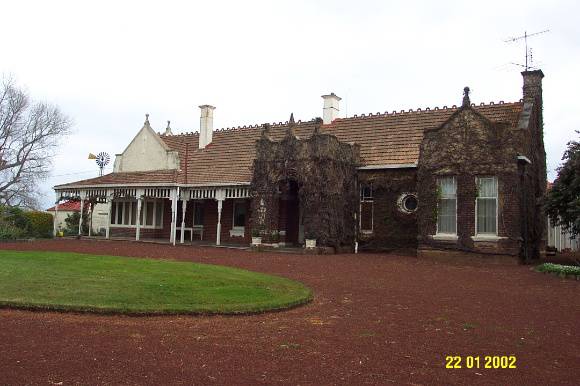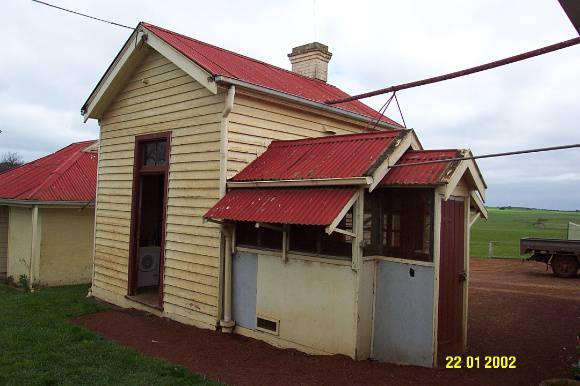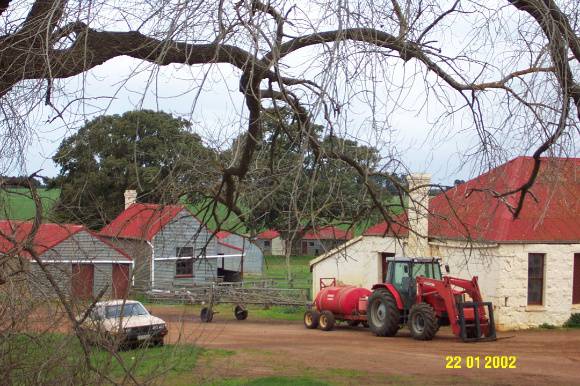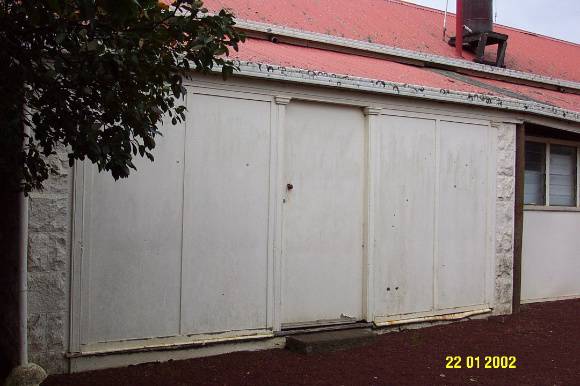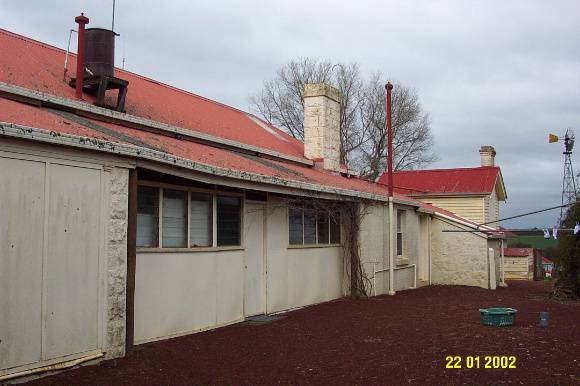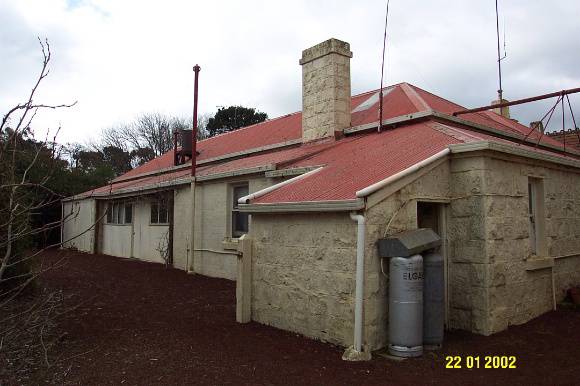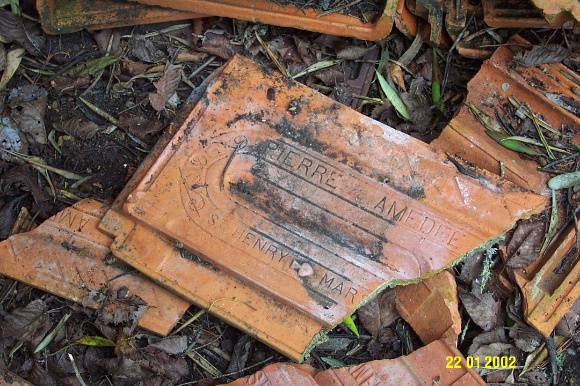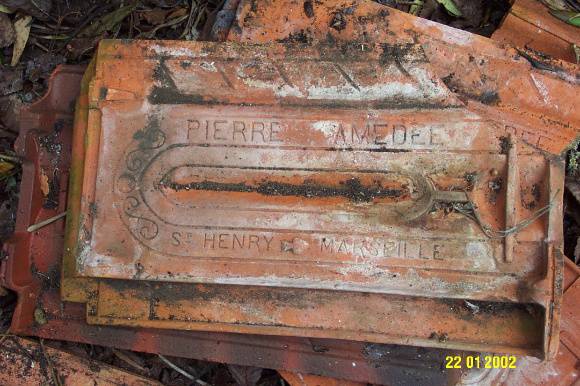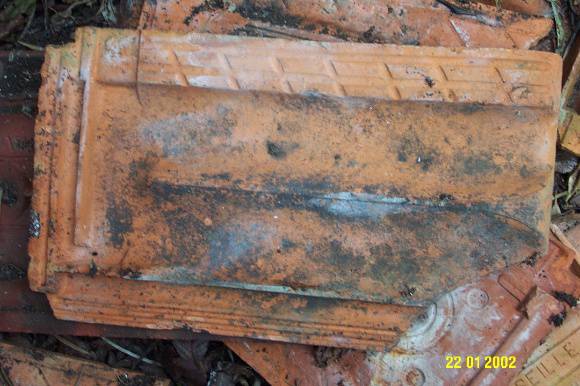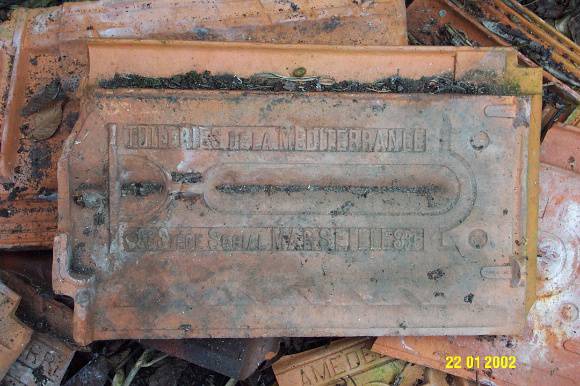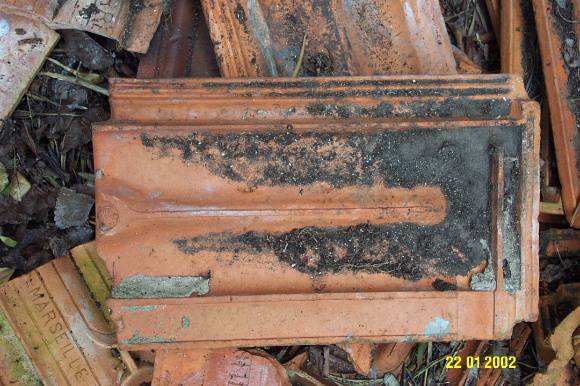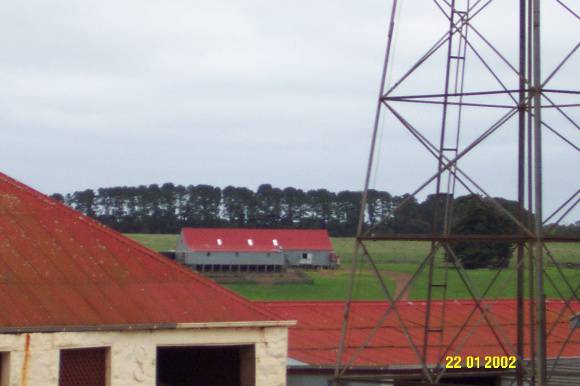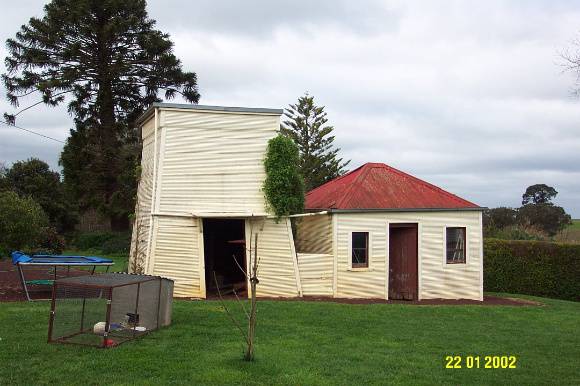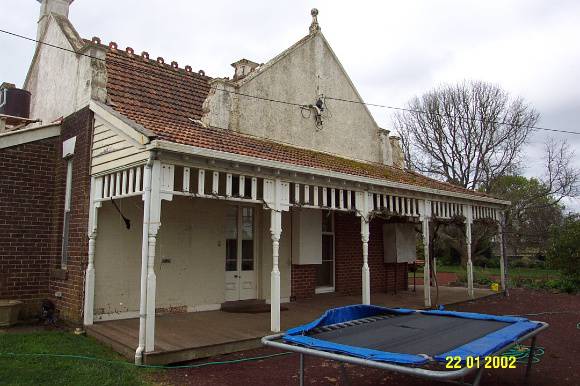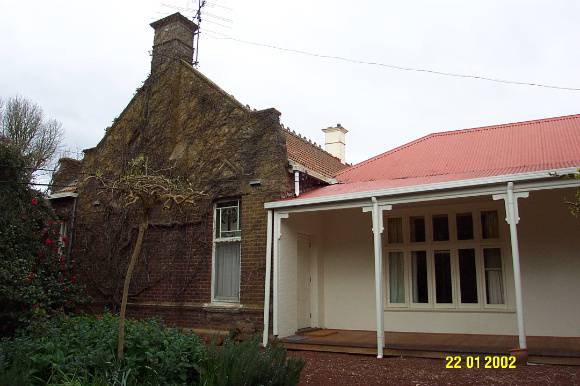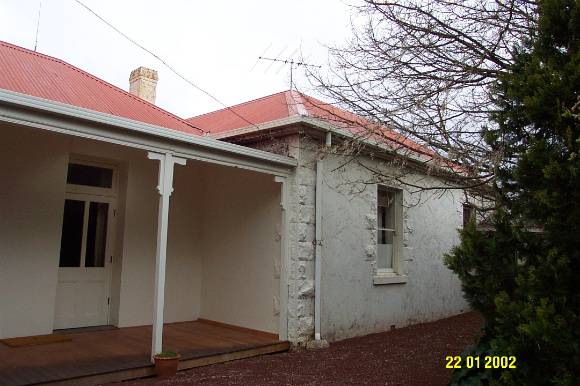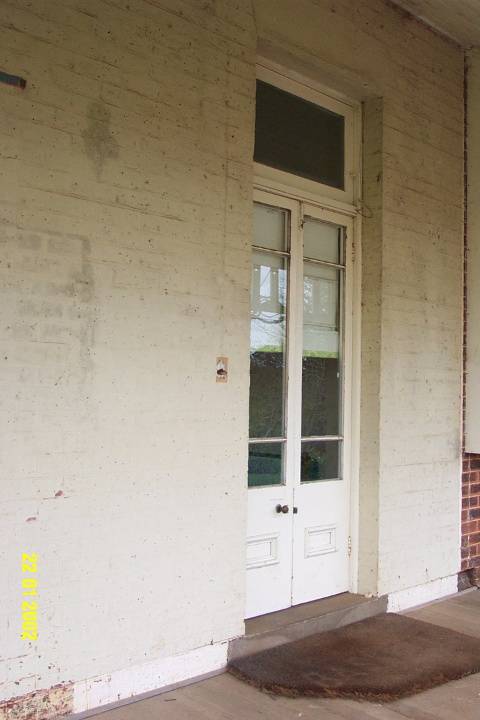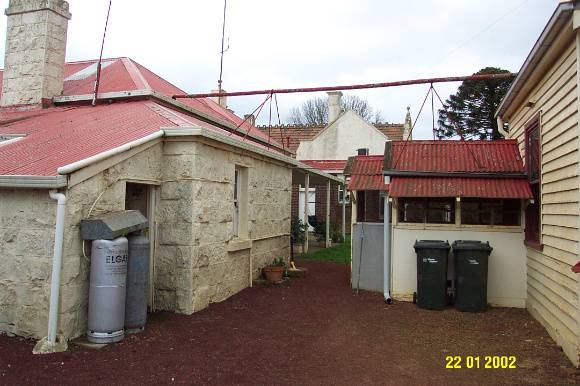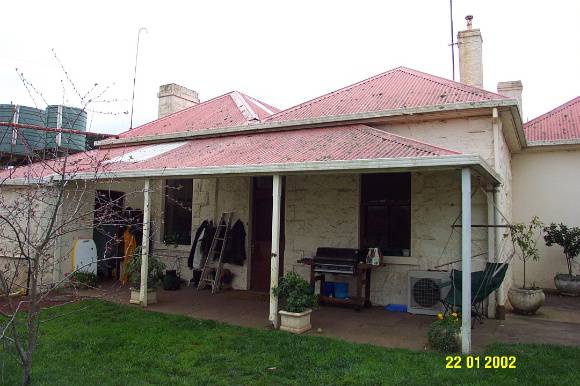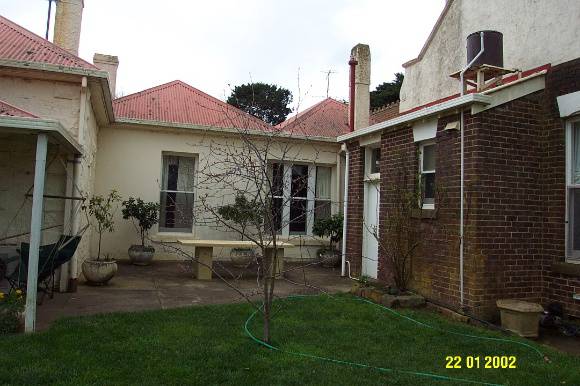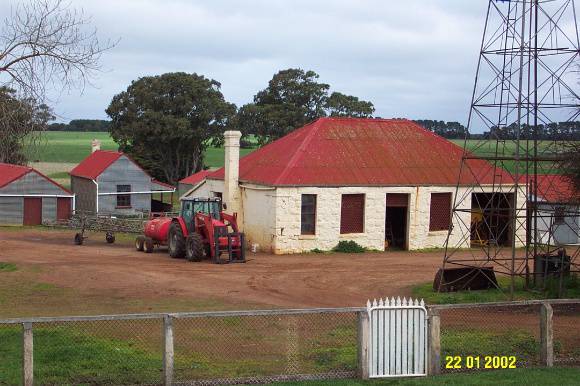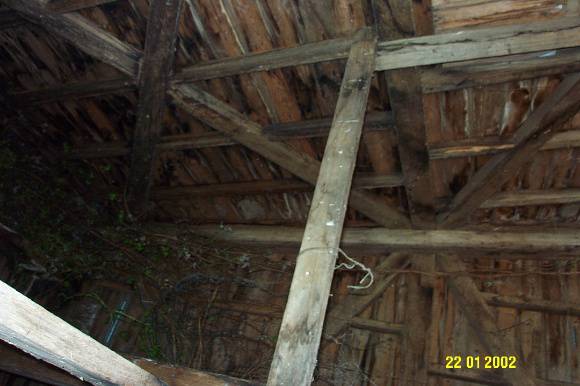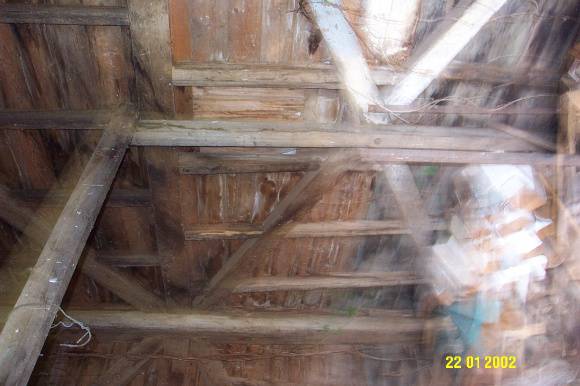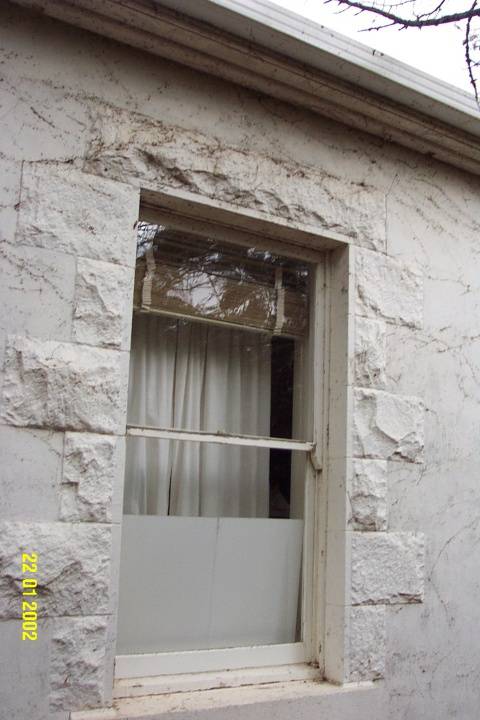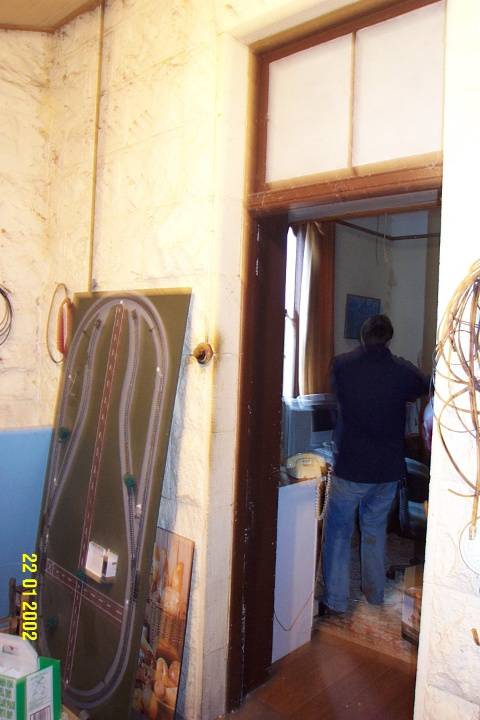| Back to search results » | Back to search page » |
|
BASSETT HOMESTEAD COMPLEX
Statement of Significance
What is significant?
Bassett Homestead Complex, located on the Crawford River immediately to the west of the township of Branxholme, was subdivided off the earlier Crawford run in 1847. The original lease was held by Christopher Bassett who was murdered by Aborigines in 1843. The subdivision took his name. The next owners were the partners A. R. Cruickshank, a Melbourne businessman with interests in Portland, and Henry Monro, who appears to have run the property. The property was subdivided again in 1854 when it was purchased by John McNicol. The first section of the substantial stone homestead probably dates from this time. It was sold again to William Skene, one of the most important early squatters who had a strong Scottish background. He founded a dynasty, based on the original run Mount Mitchell near Ballarat and at Skene at Strathkellar, with connections into the most important pastoral families. His son Thomas managed Bassett and was probably responsible for the construction of another wing across the front of the first homestead. It seems to have been conventional and modest. Thomas was a leading figure not just in the District but in Victoria, being a member of Parliament in the Upper and then the Lower House. He was a staunch supporter of Free Trading, Federation and Closer Settlement. Basset was famous at that time as a sheep stud and for its racehorses. The property passed to Henry Edkins in 1882 through his wife Caroline Arabella, nee Broughton, and her sister. Edkins was an important negotiator in the battle between the pastoralists and the shearers which blew up in 1888. The Edkins sold out to William Riggall, one of the most influential and well respected solicitors in Victoria. He gave Bassett to his daughter, Ada and her husband, William Tully. They were responsible for the grandest addition to the homestead built in 1907 which was designed by the leading firm of architects, Reed, Smart & Tappin, founded by Joseph Reed in the mid 1850s and now one of the oldest architectural firms in the world. Their work is rarely found in the Western District. The next owners, the Whiting family engaged the fashionable Melbourne architect, Robert Hamilton to modernise the house in the mid 1930s. The homestead remains largely intact to this period and is in excellent condition. It is set within a substantial landscaped garden and park, parts of which may date back to the mid-1850s. The complex includes and extensive range of outbuildings all of which retain a high degree of integrity and are in very good condition.
How is it significant?
Bassett Homestead complex is of historical and architectural significance to the State of Victoria and to the Southern Grampians Shire.
Why is it significant?
Bassett Homestead complex is of historical significance for the death of Christopher Bassett, for its key role in the battle in 1888 between pastoralists and shearers, and for its associations with several very important individuals including: the absentee owners A. R. Cruickshank MLC and William Riggall who were both pastoralists and distinguished professionals in Melbourne; the founder of the Robertson dynasty, William Robertson and his son Thomas Robertson MLC and MLA. It is of architectural significance for its sequence of development through three major stages, including in particular the third stage designed by the leading Melbourne firm of architects, Reed, Tappin and Smart. It remains a substantially intact complex of pastoral buildings focused on the homestead and set within a landscaped garden and park.
Group
Farming and Grazing
Category
Homestead Complex




